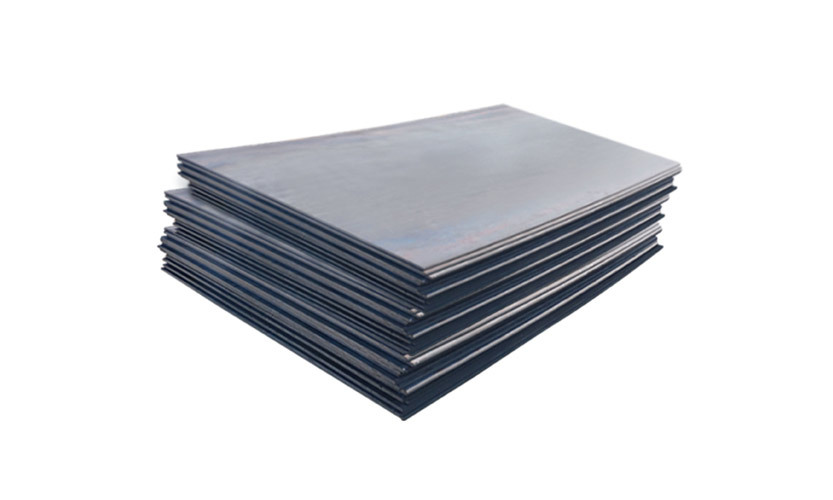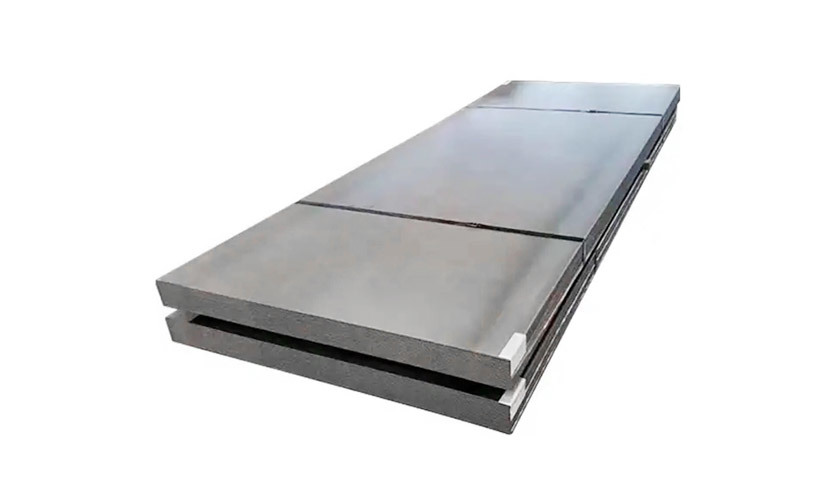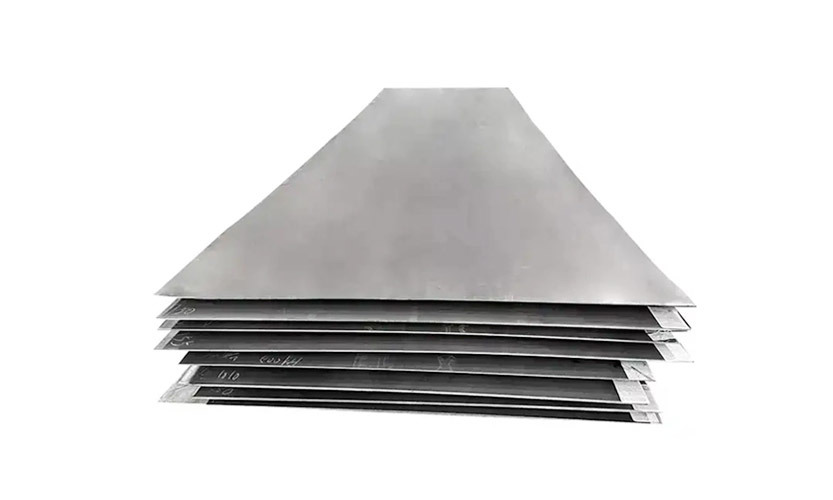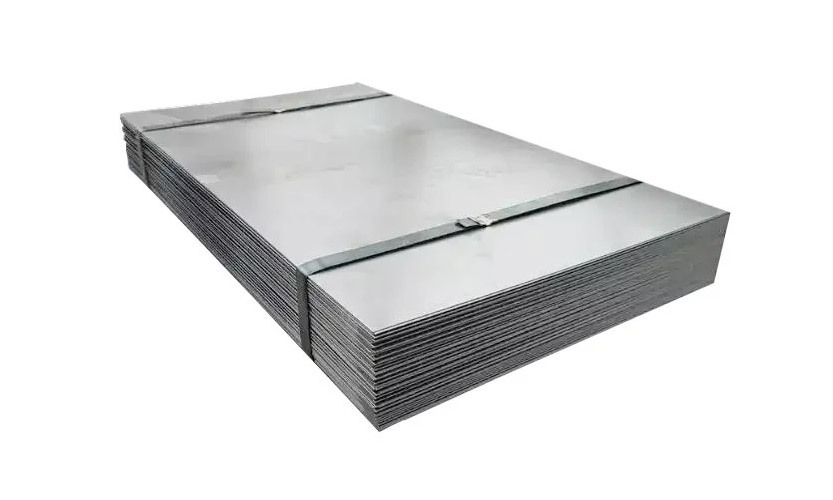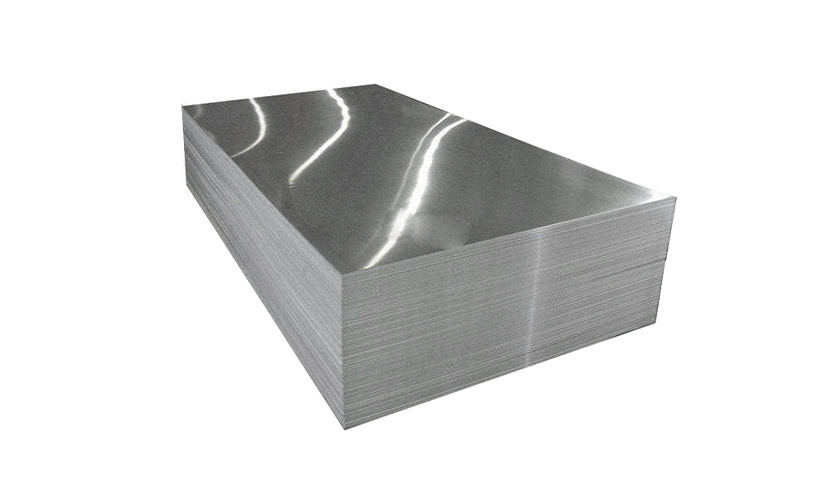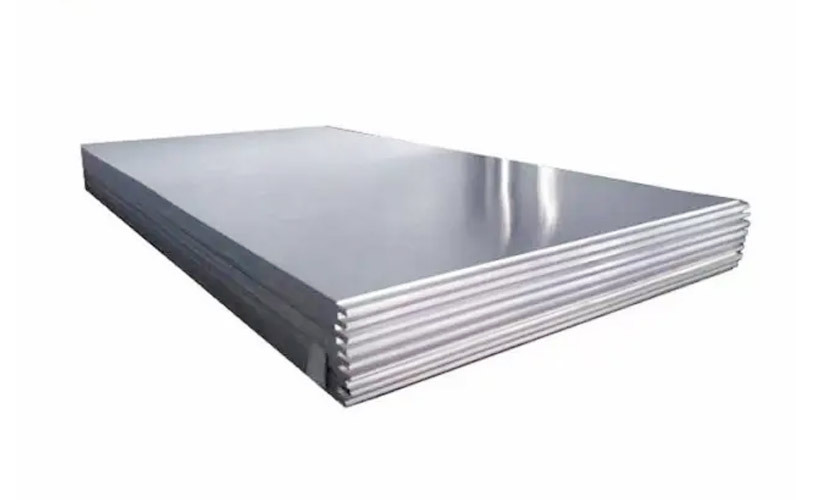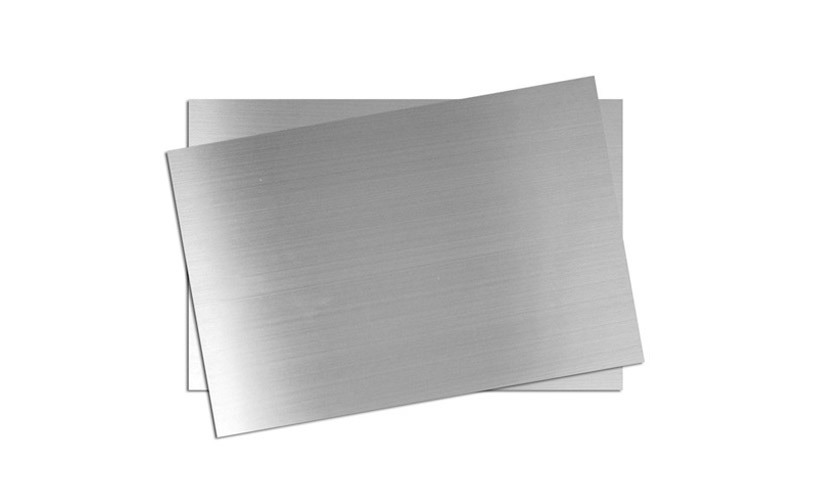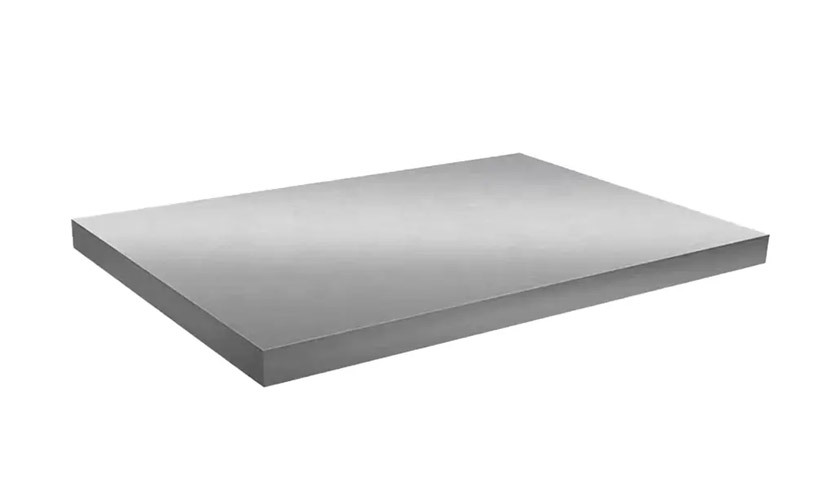PRODUCT CENTER
CONTACT US
If you are interested in cooperation, please contact us immediately, we will give you feedback as soon as possible!
Mobile
A709 Carbon Structural Steel Plate
The ASTM A709 is the Standard Specification for Structural Steel for Bridges and encompasses carbon, high-strength low-alloy, and quenched and tempered alloy steels used as structural plates in the construction of bridges. It following five grades of A709; 36, 50, 50W, HPS 50W and HPS 70W.
Cold rolled steel is rolled at room temperature and then rolled again below its recrystallization temperature. This process enables better control over finished product shape, thickness, dimensions, and a more consistent finish.
SAE/AISI 4000 Series Alloy Steel
Alloy Steel is a combination of Iron, Carbon, and various other elements like Nickel, Chromium, and Molybdenum. The additional elements make alloy steel unique and enhance the already excellent physical properties like strength, toughness, and corrosion resistance to a new extreme.
The manganese steel plate has primary constituents of manganese but is also alloyed with phosphorous, silicon, sulfur, carbon, niobium, and other alloys. Manganese Steel Plate Chemical Composition allows the plate to have resistance to rust and corrosion.
Wear Resistant Steel Plate (NM Plate)
Wear resistant steel plate refers to the special plate products used for working conditions where large-area wear required, generally including ordinary wear-resistant steel plate and composite wear-resistant steel plate.
Tinplate Sheet is a versatile packaging material that is widely used in various industries. Firstly, it plays a crucial role in the food packaging industry, being used for the production of various canned goods such as fish, fruits, tomato sauce, and powdered milk.
Incoloy alloys have more iron contents than inconel alloys. These alloys show outstanding corrosion resistance, strength, durability, and high-temperature stability.
The term nickel alloy refers to a metal that has nickel as one of its primary elements. Some types of nickel alloys are referred to as superalloys because of their superior oxidation and creep resistance, allowing them to be used at temperatures of more than half their melting points. Nickel alloys can be machined and welded but tend to pose some processing difficulties, as some alloys will work harden during machining, and their high melting points can make them difficult to weld.
Hastelloy is a kind of nickel based alloy. Hastelloy Alloy can be divided into two groups; one contains more molybdenum and the other contains more chromium. They all have excellent resistance to strong oxidizing solutions and high durability in reducing agents. Because of the low carbon content and less carbide precipitation during welding, they also have the ability to resist intergranular corrosion.
Monel refers to a group of nickel alloys that have copper as the main alloying element. In addition to these two primary metals, Monel alloys may also contain small amounts of iron, manganese, carbon, silicon, sulfur, aluminum, and titanium. The specific composition of a Monel alloy depends on its desired properties and applications. In general, Monel alloys are known for their high strength and resistance to corrosion in both fresh and saltwater while also having excellent high and low-temperature resistance.


